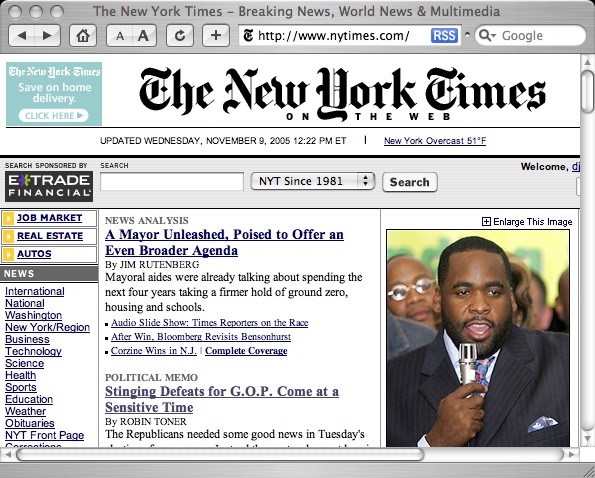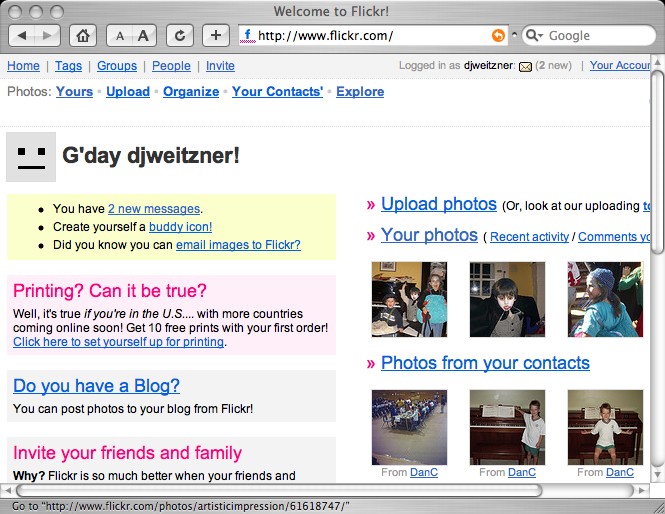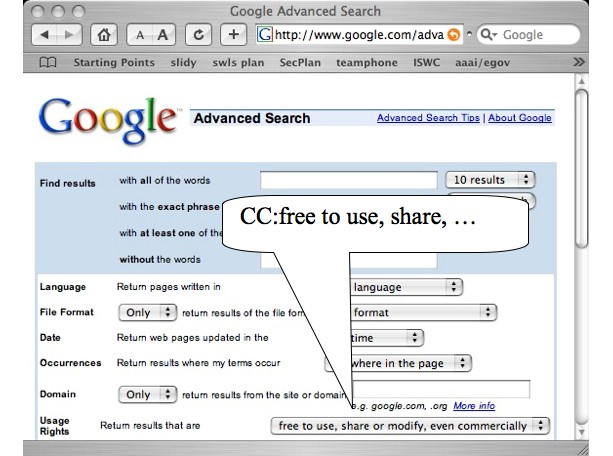Privacy, Provenance, Property and Personhood - ISWC November 2005 - Daniel Weitzner
Click anywhere or press the space bar to continue.

Click anywhere or press the space bar to continue.

Daniel J. Weitzner
Decentralized Information
Group
MIT Computer Science and Artificial Intelligence Laboratory
These slides: http://www.w3.org/2005/Talks/1110-p4-semweb-iswc/
Practical philosophy on the relationship between law and society
Some observations on the evolution of services on the Web
Design patterns we may infer from what we know of the law and the Web.
General view (amongst those who 'get' the Web): law has to catch up with new technology.
General question: how will laws catch up?
My question: how will the Web catch up with the time-tested relationship between the Law and Society?

How will the Web finally catch up with the 'real world'?: in everyday life, the vast major of 'policy' problems get worked out without recourse to legal system.
Design goal: instrument the Web to provide seamless social interactions which allow us to avoid legal system the way we do in the rest of life
Punch line: In the shift from centralized to decentralized information systems we see a general trend:
ex ante policy enforcement barriers -> policy description with late binding of rules for accountability
 |
“Authorities in the Washington region spotted the same faded blue
1990 Chevrolet Caprice and recorded its New Jersey tags on at least
10 different occasions this month….
Each time, however, they let the driver go after finding no record that it had been stolen or that its occupants were wanted for any crimes. |
| ’We were looking for a white van with white people, and we ended
up with a blue car with black people,’ said D.C. Police Chief
Charles H. Ramsey”
Washington Post 26 October 2002, p.A01 |
 |
Most intrusive practices are from inferences drawn, not individual quanta of information collected:
collection barriers -> usage description with accountability (after the fact) to rules:
Departure from information hiding as a privacy protection mechanism -> transparency and accountability
 |
 |
 |
 |
editorial (or algorithmic) barriers -> individual description with trust inferencing;
Departure from centralized editorial control -> ad hoc, customized reasoning over large volume of description
 |
 |
Departure from Hollywood content (centralied production) -> Blogs, Flickr and Livejournal (decentralized content we all make)
 |
 |
Move from up-front enforcement barriers (DRM) -> open description of licensing terms (CC) with after-the-fact enforcement as needed
| Trusted Third Parties | De-referenceable 2nd Partes |
| Liberty Alliance & Microsoft InfoCard | FOAF & Open ID |
|
|
 |
 |
| old barriers... | replaced by policy description... | |
| Privacy | collection limits | transparent usage rules with accountability |
| Provenance | centralized editors as opaque barriers | transparent description with trust-based reasoning |
| Property | DRM for centrally-produced content | transparent license rules (seeking, but not demanding compliance) with enforcement after-the-fact |
| Personhood | ?? | ?? |
Semantic Web design goal: provide lots of description and just enough reasoning in order to:
The Semantic Web offers many of the tools do achieve these goals, but we've got to use them.
Benchmark: In any well-instrumented social system policy compliance is an emergent property.
For more information see:
Work described here is supported by the US National Science Foundation Cybertrust Program (05-518) and ITR Program (04-012).